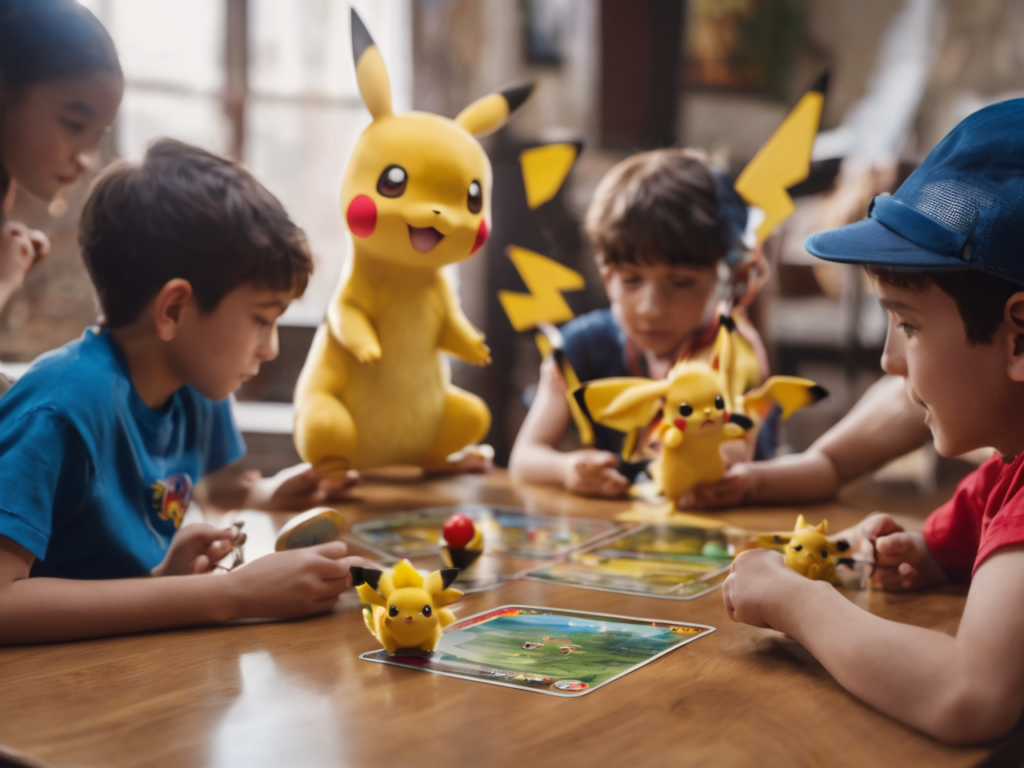
We’re talking about how to play the Pokémon Trading Card game
Previously, we discussed Setting up your Pokémon Trading Card Game.
Now that we’ve set up the game, the next step is figuring out how to start playing the actual Pokémon Trading Card game.
Playing the Pokémon Trading Card Game
2. Who’s on First?
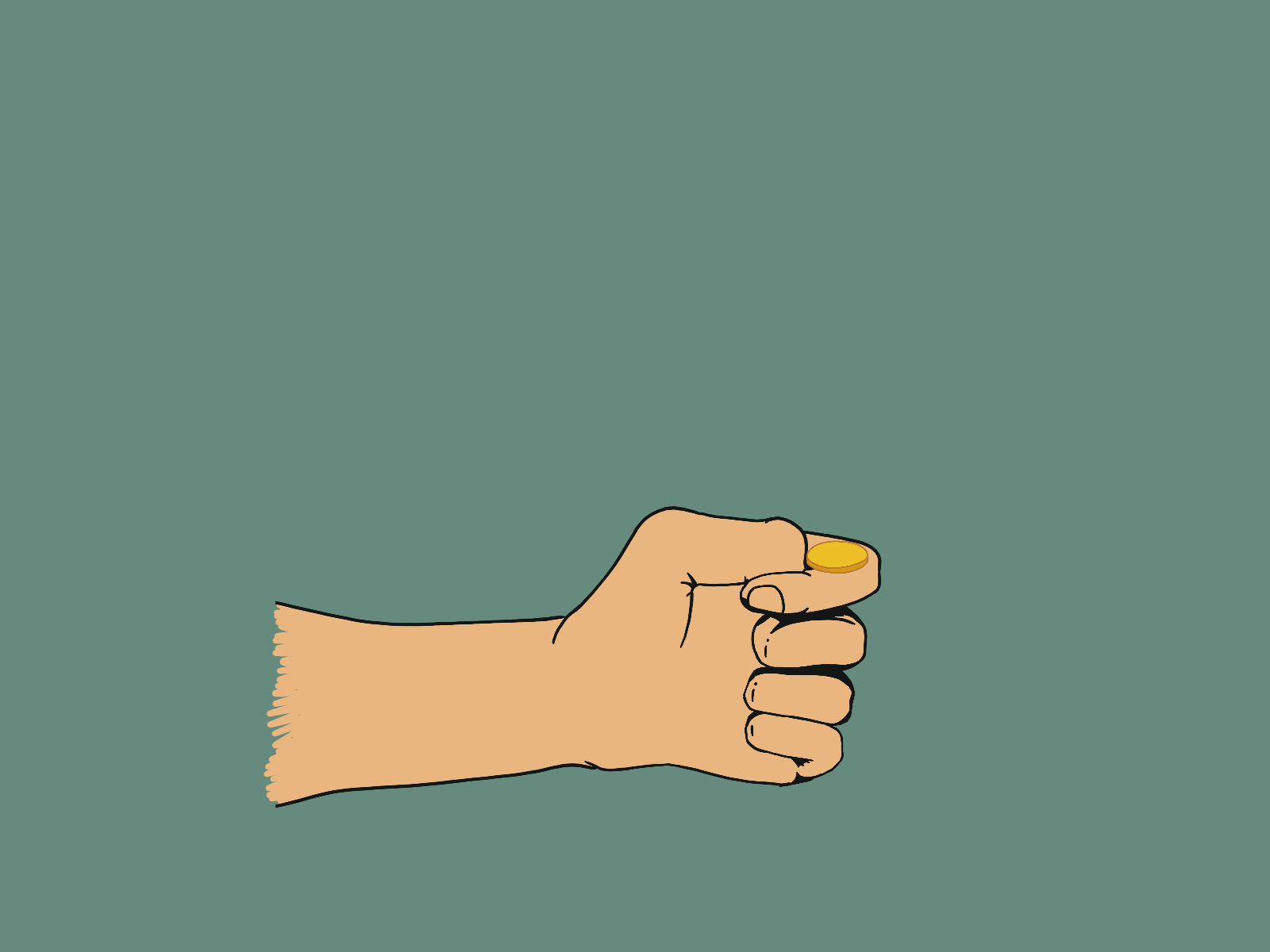 To determine WHO GOES FIRST in the game, FLIP a COIN!
To determine WHO GOES FIRST in the game, FLIP a COIN!
NOTE: The first player can NOT attack on their first turn.
3. Draw a Pokémon Trading Card
Do so at BEGINNING of turn.
NOTE: Mandatory
4. Bench your BASIC Pokémon Cards
Bench up to 5 cards (unless card says otherwise)
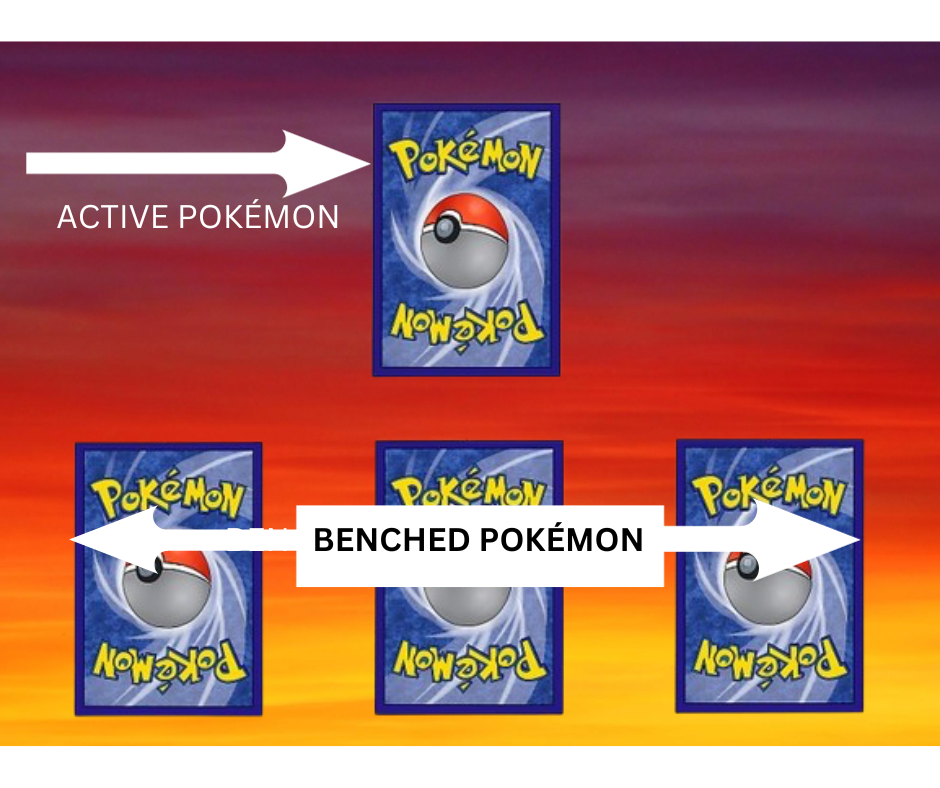
5. Use your ENERGY Cards
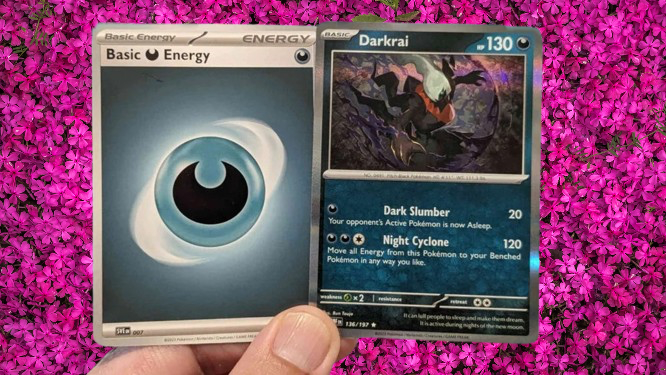
Attach one Energy Card per turn (unless card says otherwise) by placing it BENEATH one of your PRE-EVOLVEDPokémon.
NOTE: Can only attach ONE Energy card per turn (either ACTIVE or BENCHED Pokémon)
6. Use your TRAINER Cards
Trainer cards are Pokémon cards that allow you to do helpful things (and have descriptions of their effects on the cards)
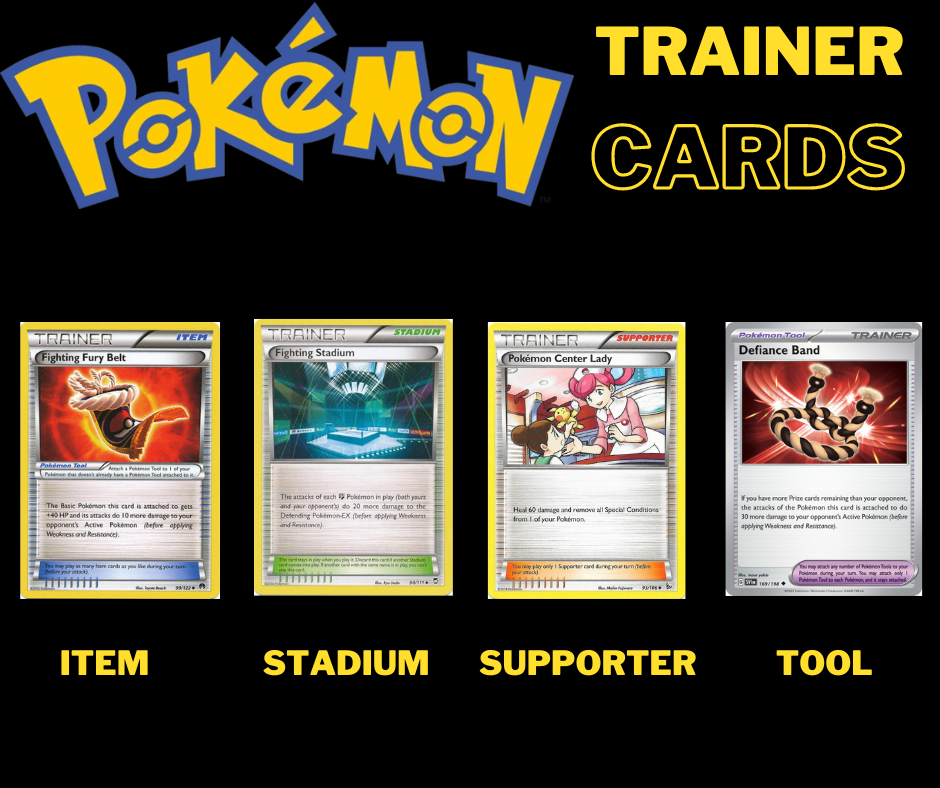
TYPES of Trainer Cards:
- Items – subclass of Trainer Cards, typically discarded after “power” is used in game.
- Supporters – depict and feature people in the game (such as Trainers & Gym Leaders). They’re powerful trainer card variants that wield mighty abilities that often allow you to draw, recover cards from your discard pile or search out specific ones from your deck. Players only allowed to play 1 supporter card per turn.
- Tools – special items that can be attached to your Character cards providing special effects. Only one tool card can be attached at a time & if a Pokémon is attacked, the tool goes into the discard pile.
- Stadiums – Represents VENUE in which Pokémon TCG is played, typically gives player an extra bonus or special conditions. Can only be one stadium card during your play.
Activating Trainer Cards:
- can activate any number of ITEMS & TOOL Cards during turn
- can activate only 1 SUPPORTER and STADIUM card during turn
NOTES:
- AFTER card is used, goes to DISCARD pile
- Pokémon TOOL Card can be attached to Pokémon (that does NOT have Tool attached) and then stays with Pokémon until Pokémon gets knocked out (and then BOTH get DISCARDED).
- Pokémon STADIUM Card is placed HORIZONTALLY between both Player’s fields (and DISCARDED when NEW STADIUM Card comes into play).
- There are special ENERGY cards used to provide energy and do other actions (listed on card).
7. EVOLVE your Pokémon

If you have a Pokémon card that is ACTIVE or BENCHED, you can EVOLVE the BASIC or STAGE 1 Pokémon card by placing an EVOLUTION CARD on top of it.
Example: BASIC card evolves to STAGE 1, which can evolve to STAGE 2.
NOTE: Can’t EVOLVE a Pokémon on it’s FIRST TURN.
Can’t EVOLVE a Pokémon card on 1st turn it’s played (either by BENCHING or EVOLVING them) unless they have an EFFECT.
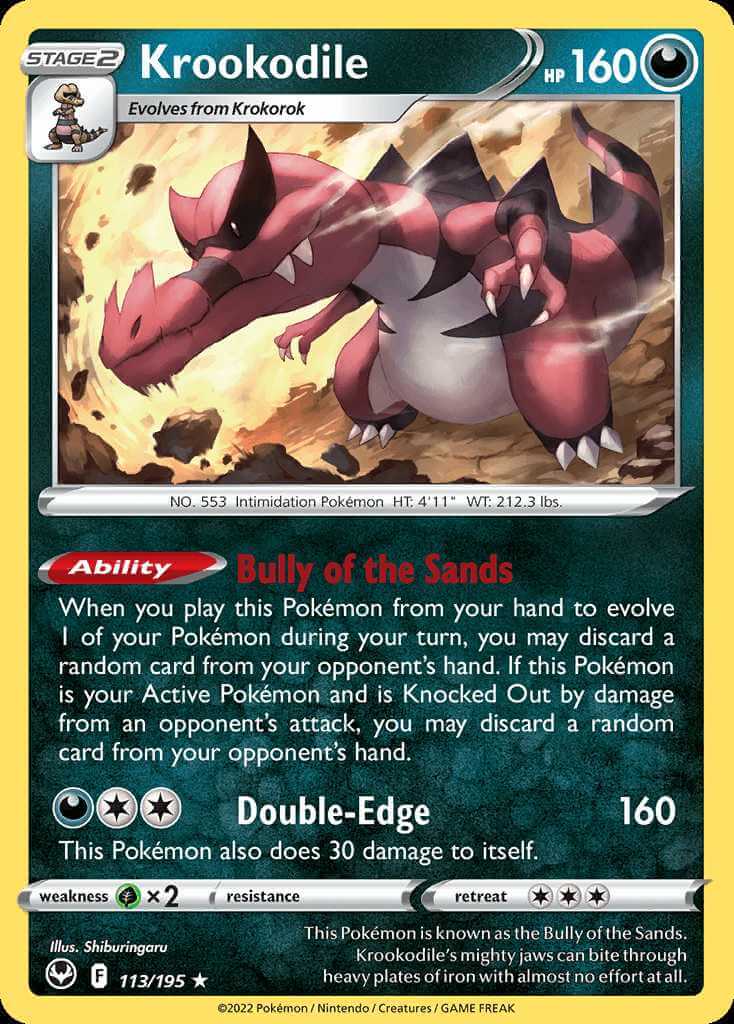 Some Pokémon have ABILITIES which can be used for SPECIAL EFFECTS. These are special attributes given to each Pokémon that they can use in battle. Many of these abilities act as a POWER UP by increasing. MOVE or a STAT. Others may introduce a 3rd-party effect such as a weather condition. Believe it or not. some abilities may even hinder a Pokémon battle.
Some Pokémon have ABILITIES which can be used for SPECIAL EFFECTS. These are special attributes given to each Pokémon that they can use in battle. Many of these abilities act as a POWER UP by increasing. MOVE or a STAT. Others may introduce a 3rd-party effect such as a weather condition. Believe it or not. some abilities may even hinder a Pokémon battle.
ABILITY Examples:
Arena Trap: Prevents foe from fleeting.
Ball Fetch: Retrieves a Poké Ball from a failed throw.
Cloud Nine:Eliminates the Effects of weather.
NOTE: These ABILITIES are NOT ATTACKS, so may still ATTACK after using 1+ABILITIES. Be sure to announce your ABILITIES to your opponents so aware of what you’re doing.
9. RETREAT your Pokémon
 Switch out your Pokémon for another Pokémon on your BENCH.
Switch out your Pokémon for another Pokémon on your BENCH.
RETREAT COST – listed at BOTTOM of card where says RETREAT. Discard ENERGY attached to Pokémon, listed on card (only one RETREAT per turn).
* Symbols: represents HOW MUCH ENERGY needs to be attached to Pokémon in order to retreat.
If there are no * Symbols, Pokémon doesn’t need any energy to retreat (can retreat ANYTIME for FREE)
NOTE: Can only attach one ENERGY CARD to Pokémon per turn.
When RETREAT Active Card, must choose a BENCH Pokémon to switch places with – this becomes your new ACTIVE Pokémon.
All ENERGY cards used to RETREAT, must get placed into DISCARD PILE. Retreating a Pokémon card removed all SPECIAL CONDITIONS.
10. Attacking your Opponent
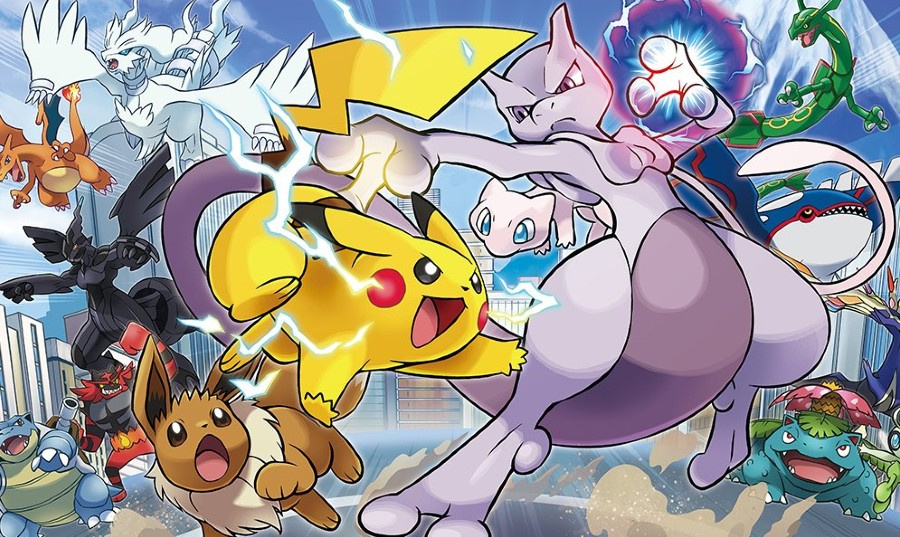
The LAST THING you can do during your turn is: ATTACK your opponent’s ACTIVE Pokémon using yours. After that, your tun ends.
Check out our next Blog on Learning How To Play the Pokémon Trading Card Game: Part 3 Attacking your Opponent!

 You’ve begun playing your Pokémon TCG.
You’ve begun playing your Pokémon TCG.
 A GILLIGAN is the exact-opposite of a MULLIGAN, it can happen during golf when a player is asked to redo a successful stroke when requested by an opponent.
A GILLIGAN is the exact-opposite of a MULLIGAN, it can happen during golf when a player is asked to redo a successful stroke when requested by an opponent.

 To determine WHO GOES FIRST in the game, FLIP a COIN!
To determine WHO GOES FIRST in the game, FLIP a COIN!



 Some Pokémon have ABILITIES which can be used for SPECIAL EFFECTS. These are special attributes given to each Pokémon that they can use in battle. Many of these abilities act as a POWER UP by increasing. MOVE or a STAT. Others may introduce a 3rd-party effect such as a weather condition. Believe it or not. some abilities may even hinder a Pokémon battle.
Some Pokémon have ABILITIES which can be used for SPECIAL EFFECTS. These are special attributes given to each Pokémon that they can use in battle. Many of these abilities act as a POWER UP by increasing. MOVE or a STAT. Others may introduce a 3rd-party effect such as a weather condition. Believe it or not. some abilities may even hinder a Pokémon battle. Switch out your Pokémon for another Pokémon on your BENCH.
Switch out your Pokémon for another Pokémon on your BENCH.